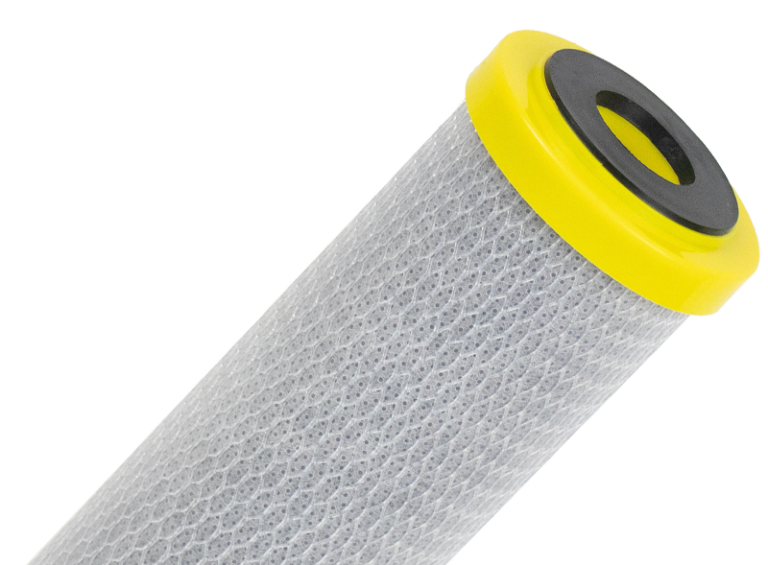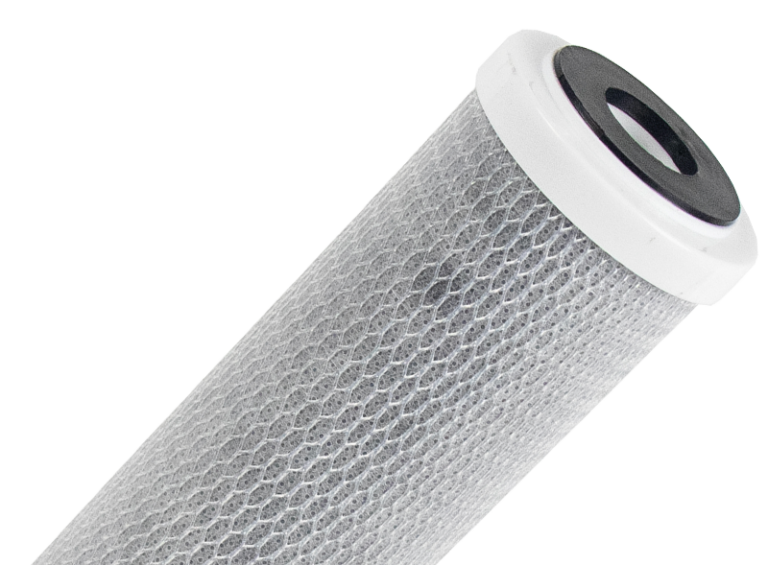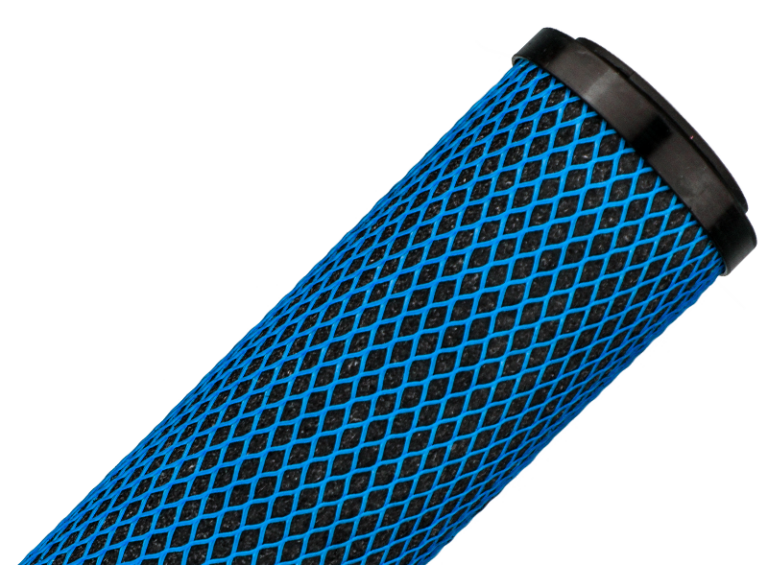Be careful what you drink, your bottled water may contain microplastics, researchers have shown.
New research that was initiated by journalist group Orb Media has found microplastics in 11 of the tops brands of consumer bottled water, causing the World Health Organisations to launch a review of the situation to find out if there is any danger in consuming these products.
The research run by Fredonia, State University of New York, has found that 17 of the 259 bottles analysed show no levels of contaminants, leaving a worrying 242 (93%) bottles that did contain varying levels of microplastics. From those that did, one of the bottles had a very high amount of 10,000 microplastics particles per litre.
Below is a summary of the report showing to what extent the plastic has been found:
- Tested 259 individual bottles from 27 different lots across 11 brands
- Purchased from 19 locations in 9 countries
- 93% of bottled water showed some sign of microplastic contamination
- After accounting for possible background (lab) contamination
- Average of 10.4 microplastic particles >100 micron per liter of bottled water
- Confirmed by FTIR spectroscopic analysis
- Twice as much as within previous study on tap water
- Including smaller particles (6.5-100 micron), average of 325 microplastic particles per litre
- Identified via Nile Red tagging alone
- No spectroscopic confirmation
- Range of 0 to over 10,000 microplastic particles per litre
- 95% are particles between 6.5-100 micron in size
- For particles > 100 micron:
- Fragments were the most common morphology (66%) followed by fibres
- Polypropylene was the most common polymer (54%)
- Matches a common plastic used for the bottle cap
- 4% of particles showed presence of industrial lubricants
- Data suggests contamination is at least partially coming from the packaging and/or the bottling process itself
How do they find the contaminants?
During the sampling process the lab was placed under strict conditions to make sure that no environmental containment where able to be in touch with the sample while a dose of a dye called Nile Red was added. This dye adheres to the surface of the plastics and fluoresces under specific wavelengths of light.
After a minimum of 30 minutes, the water containing the dye was vacuum filtered through glass fibre filters (55mm, 1.5 micron pore) and the microplastics were counted using blue light and orange camera filters to make them visible under a microscope.
For the higher counts of plastics smaller than 100 micron, a program called “Galaxy Count” was trialled and proved to be a success. Each filter has a picture taken, then the software converted the images into black and white which enabled the software to correctly recognise the number of plastic contaminants.
See the full report from Fredonia here: Synthetic Polymer Contamination in Bottle Water
Previously microplastic contamination has been found in tap water in countries around the world, in Europe an average of 1.9 fibres above 2.5 microns was found in 72% of 500ml samples. This leads to the thought that there are many smaller plastic particles contained in the nanometre range.
There are two main concerns:
- Plastic particles in the water ranging from nanometre to above 10 microns
- Chemicals, toxins and pathogens that microplastics absorb and harbour that can be released into the body.
This then affects products made using tap water. A study in Germany found fibres and fragments in all of the 24 beer brands tested, as well as in honey and sugar.
Removal of plastics from water requires physical filtration.
How microplastics end up in tap and bottle water is still a mystery. With the current standard of water treatment unlikely to remove all of the microplastics then additional filtration is required. The best solution for removing the plastic and therefore the associated bacteria toxins and chemicals would be physical filtration.
What we recommend you should use to filter your water.
SPECTRUM FibreOnyx
Re-innovation of a modern media allows a greater void volume to improve dirt holding capacity and flow rates, while new technology allows greater carbon attachment to fibres, creating the ultimate high-flow carbon cartridges. The range includes:
- Dual purpose carbon block for sediment and chloramine removal
- Flow rate and pressure drop comparable to a 10 micron cartridge, while retaining the efficiency of a 0.5 micron cartridge
- Specialised lead removal and electroplating cartridges
Fibredyne™ Carbon Cartridges
Fibredyne Carbon cartridges are widely used for the treatment of contaminants in our drinking water. The Pentair Fiberdyne carbon cartridges have all of the standard carbon characteristics as well as offering;
- Low micron rating to 0.5 micron for sediment removal
- Outstanding flow to pressure drop ratio
- Options, to reduce Cryptosporidium and Giardia cysts by 99.95%






















